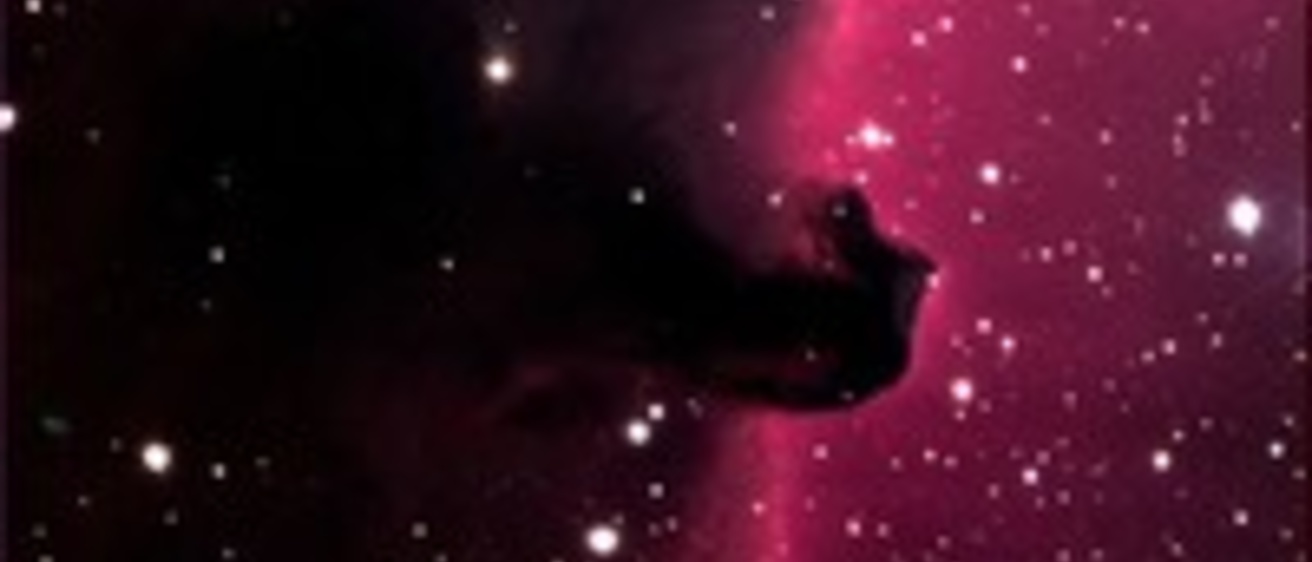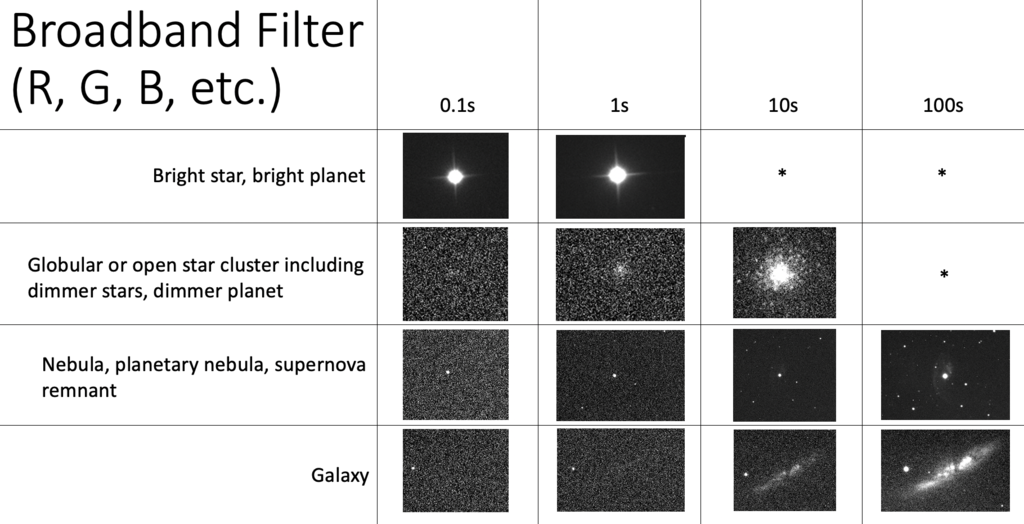
Breadcrumb
- Home
- Labs
- Foundational Labs
- The Iowa Robotic Observatory
- Part 1: The IRO
Part 1: The IRO
Resources: Gemini Observing Request Form and RST Calculator, Skymaps.com, Stellarium Web
The Iowa Robotic Observatory (IRO) is a 51cm diameter f/6.8 Cassegrain reflecting telescope, owned and operated by the University of Iowa Department of Physics and Astronomy. It is stationed at Winer Observatory in the Arizona desert, and operated remotely by students at the University of Iowa.
Explore the Iowa Robotic Observatory website to familiarize yourself with the IRO (a.k.a. the Gemini telescope) to answer the questions below.
Before you can start thinking about what science questions you want to answer or the details of your observation, first you must choose a science target that is above the horizon at night. IRO has a catalog of many astronomical objects, such as variable stars, asteroids, comets, and Messier objects.
Once you have picked an astronomical object to observe, you need to determine if your science target is above the horizon at night. On the IRO website, you can use the rise and set calculator (RST) to do this. Unless a specific time is requested, the IRT will observe the target ’at transit’ i.e, when it is transiting the meridian, which is when the target is at the highest elevation for the night. If the target is transiting the meridian during the day, then you must specify a LST start time.
Using the Rise and Set Calculator on the IRO website, determine if the objects listed in the table in the lab manual are observable by Gemini tonight. Fill in the chart for each object, and if it isn’t above the horizon tonight, be sure to note that in the appropriate column. Then, research what type of object it is (Planet, galaxy, nebula, etc.) and/or its name.
While it is useful to have RST calculator to be accurate for your observations, it is also important to know how to determine if a star is above the horizon without the RST calculator. Remember that we can do this by knowing the right ascension of the Sun in the month of our observations.
Note also that the IRO Gemini telescope cannot point below 20 degrees.
Now that you understand how to determine if your target object is observable, you need to decide how you will observe it. The Planning Tools page on the IRO website has information about the telescope specification, filters, and exposure times. Read through the page and examine the examples it gives for both filters and exposure times. It’s important to choose the appropriate filters and exposure times for your object since some filters trace atomic transitions or specific elements. For example, if you wanted to learn about star formation forming in a galaxy, you might use the H alpha filter, and you would need between 60 and 90 seconds of exposure time.
IRO Filters
| CODE | FILTER |
|---|---|
| L | Luminance (AstroDon) |
| V | Green (AstroDon) |
| B | Blue (Johnson-Cousins) |
| H | H alpha |
| W | Infrared, longpass 650+ nm, asteroids |
| O | Oxygen III |
| 1 | Sulphur II |
| I | Sloan i' |
| X | Blue (AstroDon) |
| G | Sloan g' |
| R | Sloan r' |
Exposure Time Examples for Gemini/VAO


* A longer exposure time will saturate the camera and should not be attempted (the camera will have reached its maximum recording ability and more light collection will not improve the image)